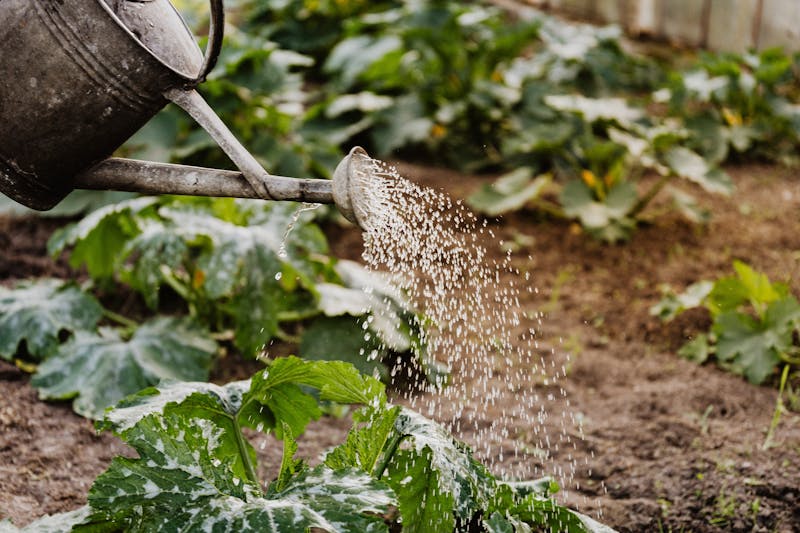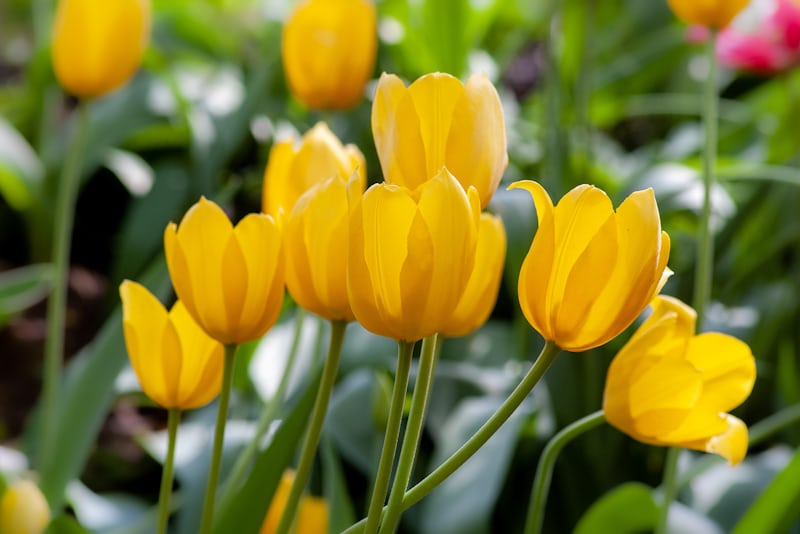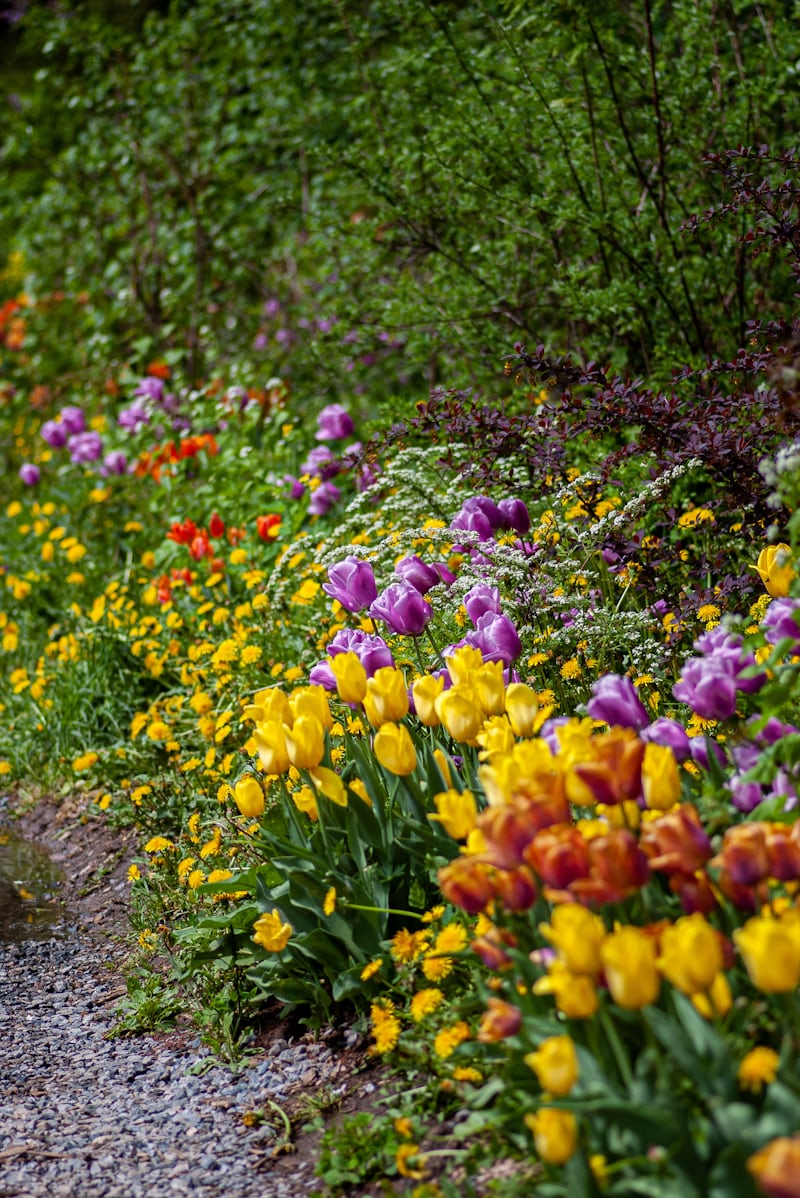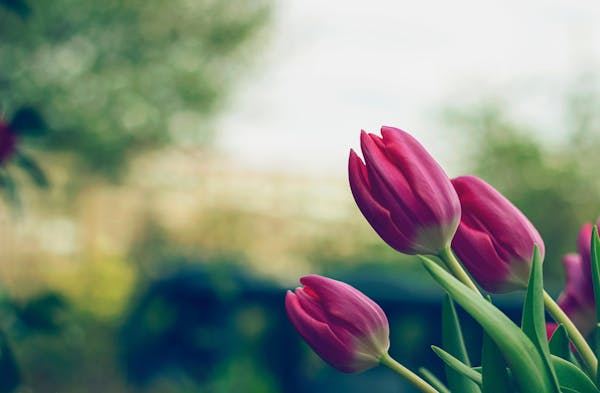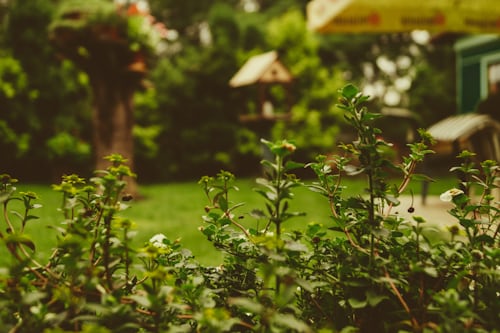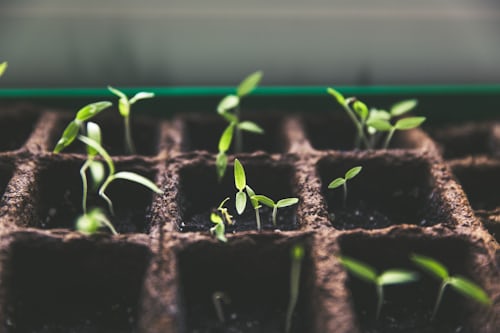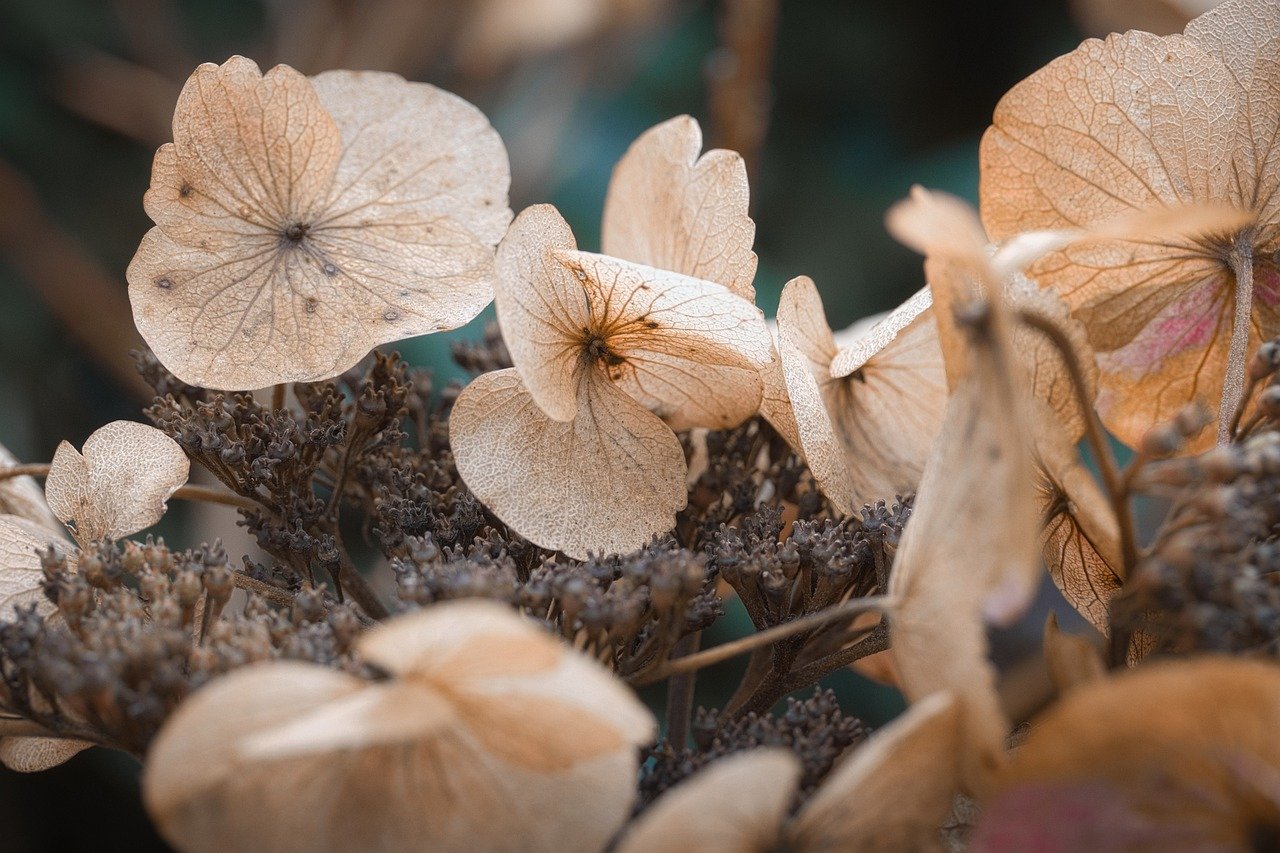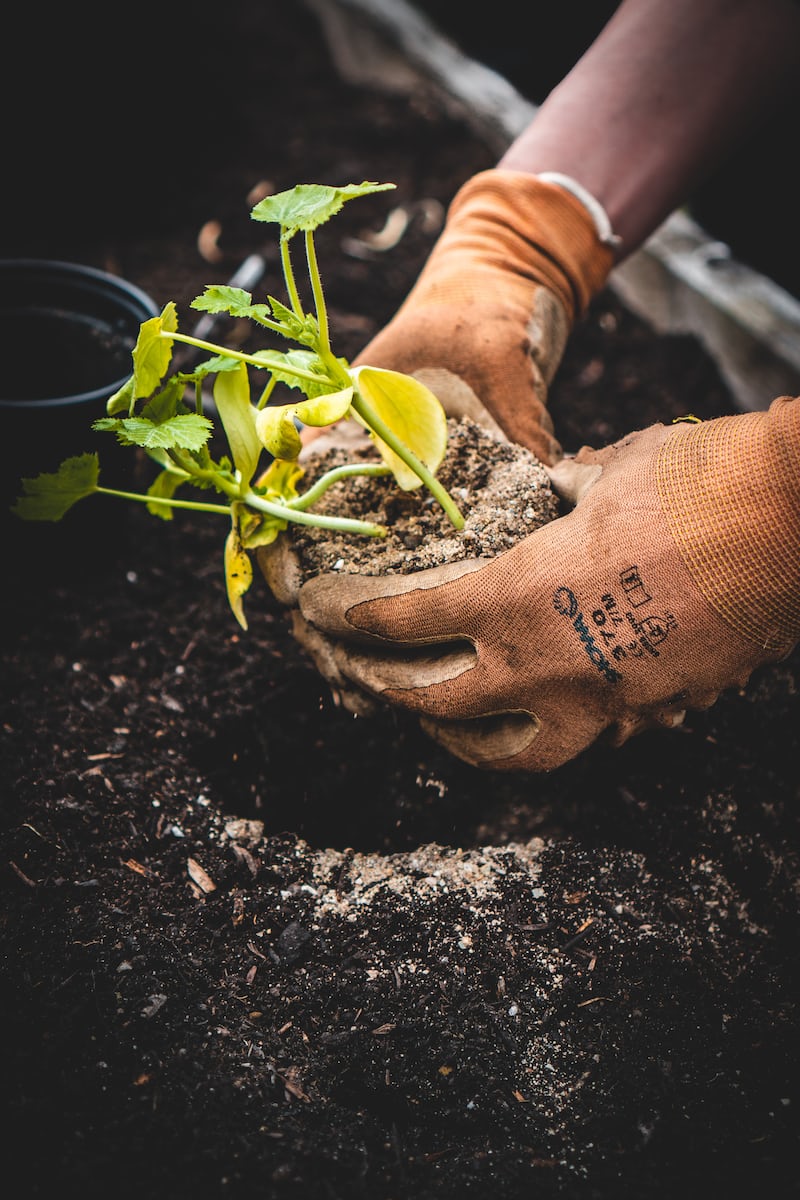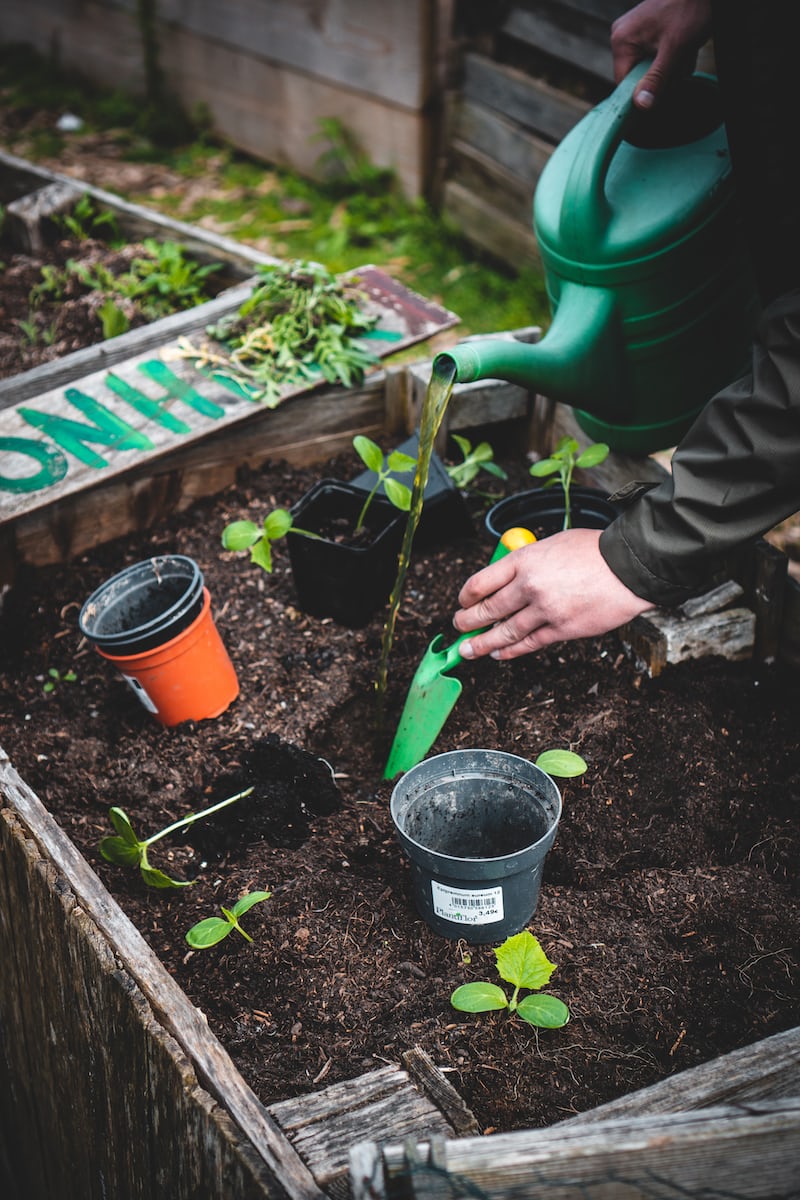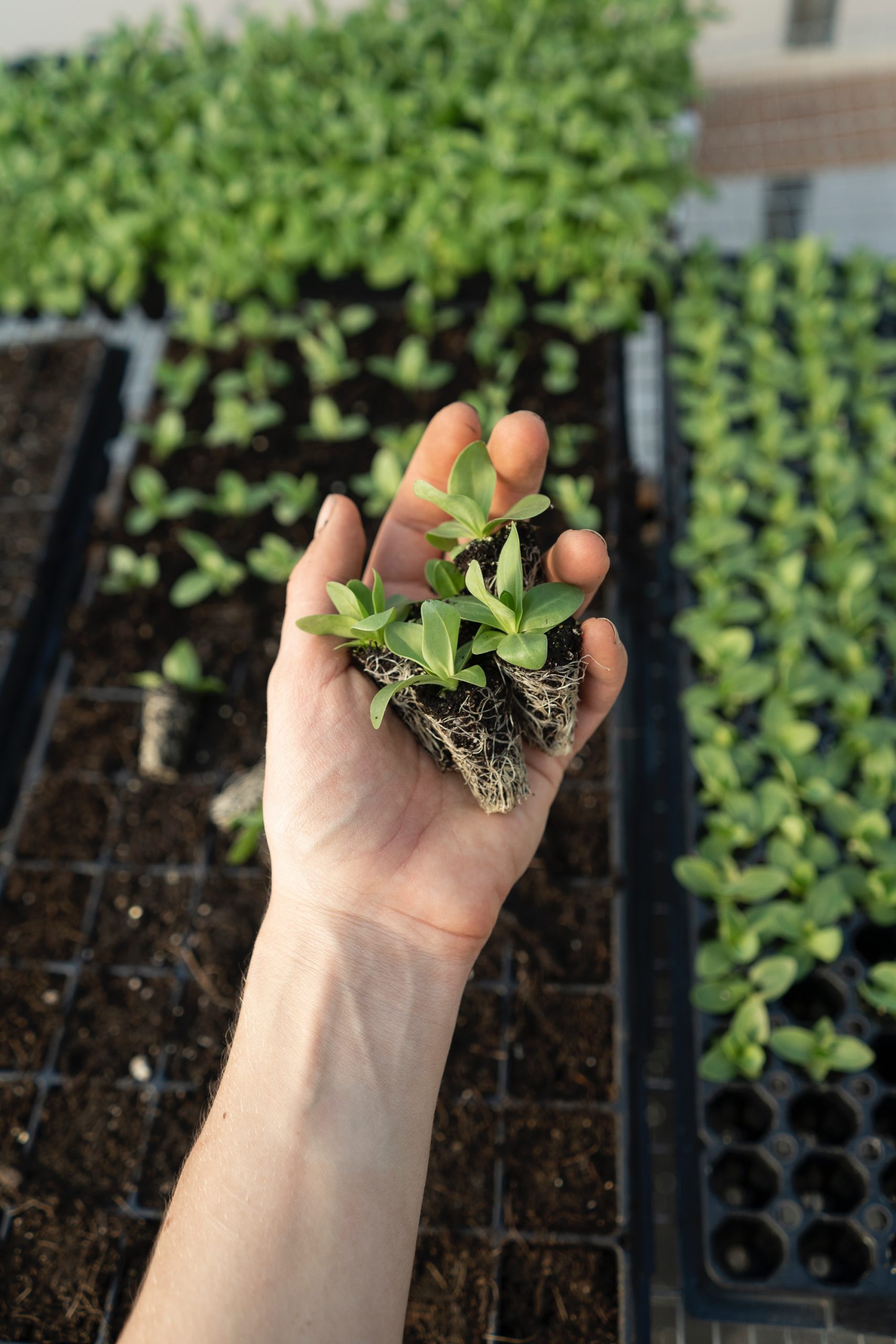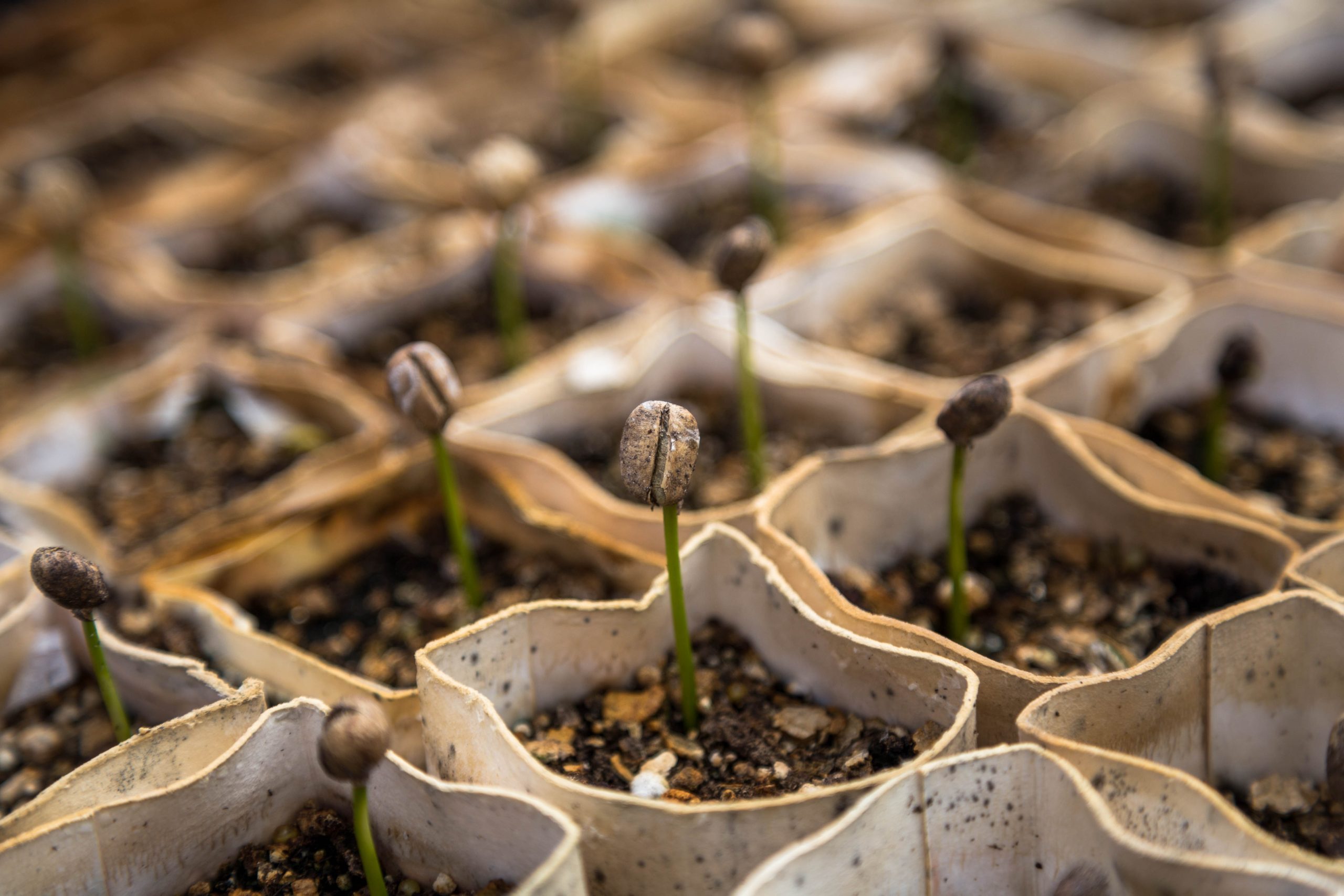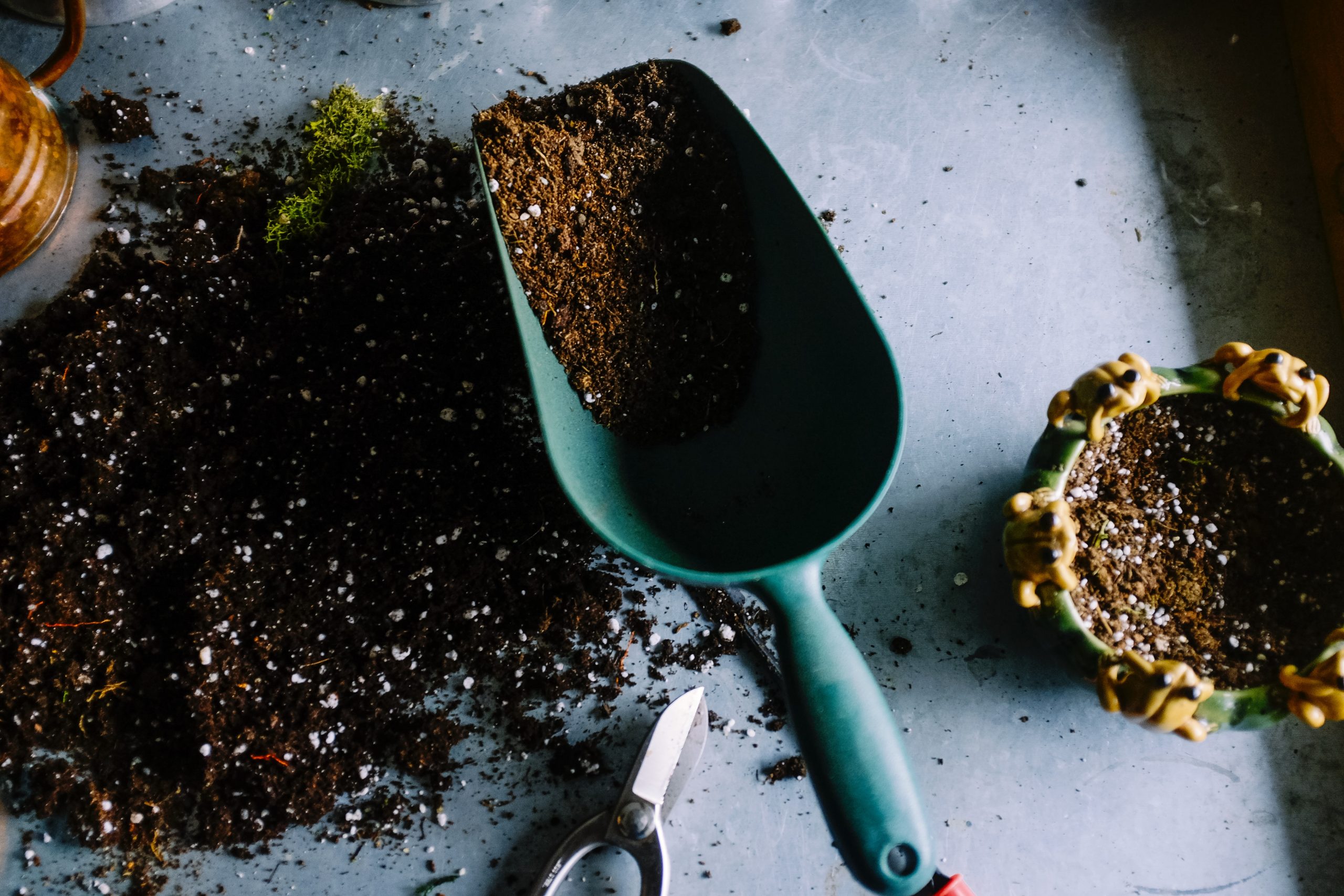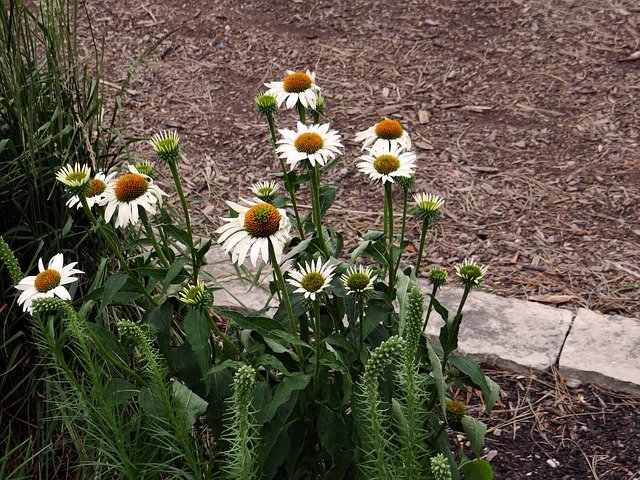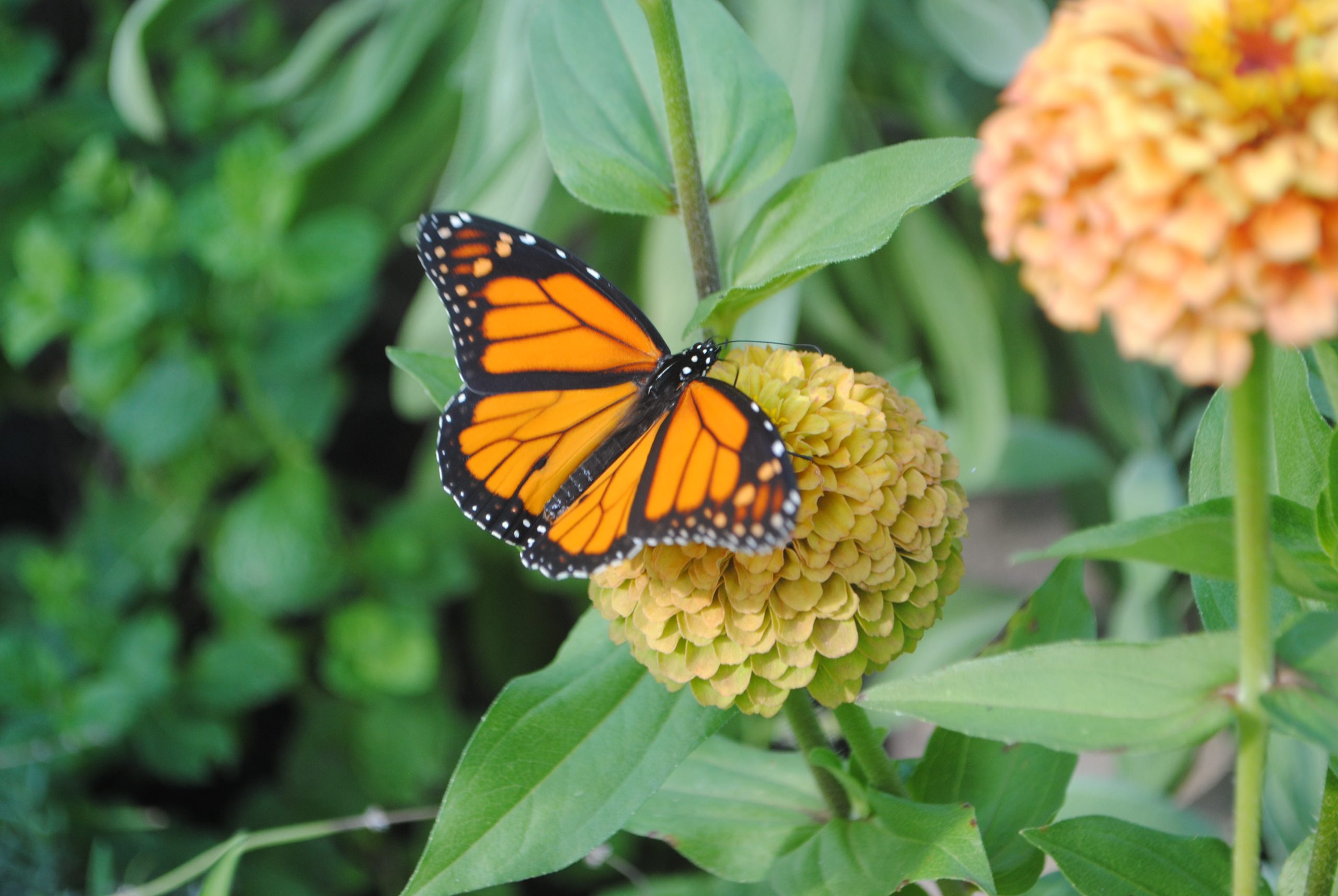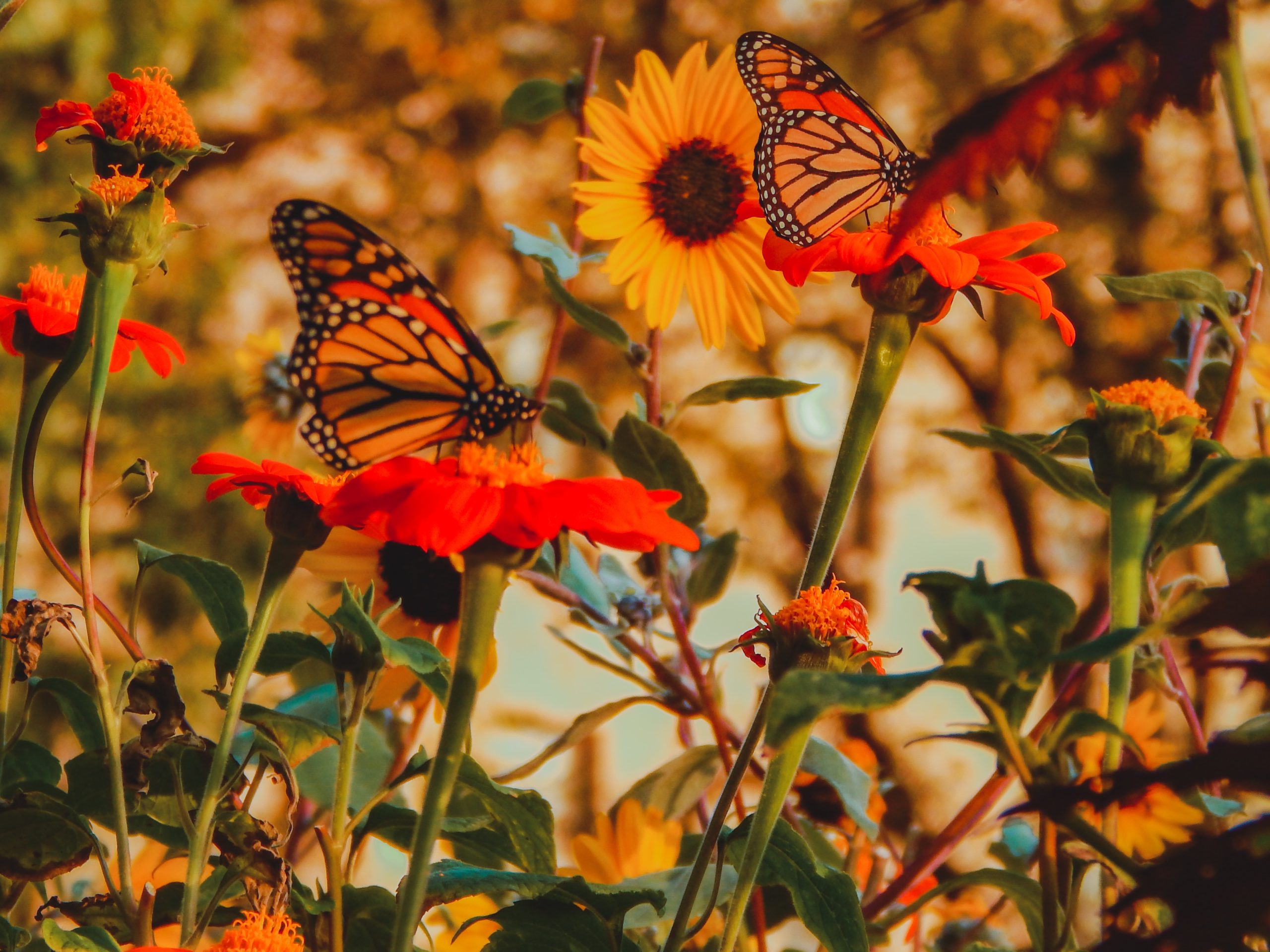Landscaping Ideas for Small Spaces: Maximizing Your Outdoor Area
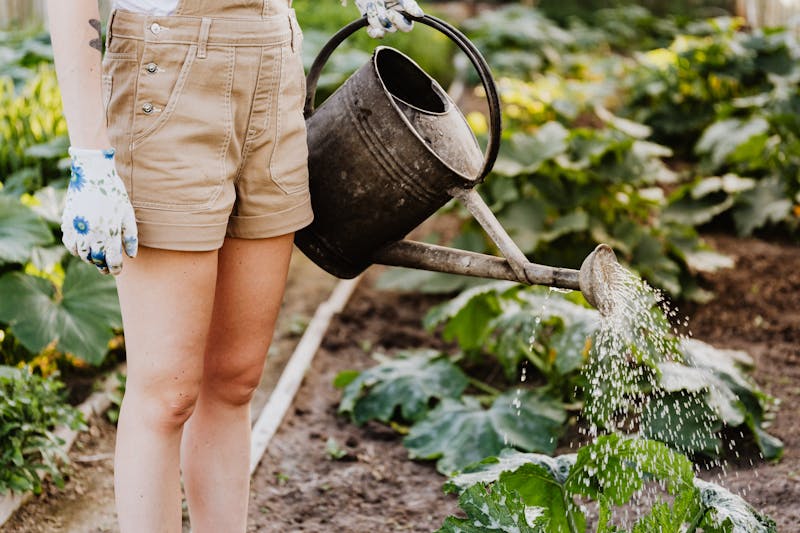
Lush, beautiful lawns seem to be all that grace the covers of home and garden magazines, and they all have one thing in common: space! Every time, these homes have acres of space to put potted plants, neatly trimmed hedges, and water features unlike anything you’ve ever seen. How, then, do those of us with modest outdoor spaces manage to live out our acre-sized dreams? There may be more solutions than you think to landscaping in a small space, so keep reading to learn more!
- Map out your available space
Survey your current outdoor space, and start by tidying up and removing broken, dirty, or otherwise unnecessary items from it. Once you have a clean space, you can begin to visualize what it could look like with a renovation. Write down your plans, and maybe even draw a map if it helps! Planning out your space with specific measurements will help you tenfold when it comes time to implement your ideas and purchase materials.
2. Search for low-space solutions
Begin to source your materials by searching terms like “space-saving”, “collapsible”, and “portable”. This will yield results that are meant to be unobtrusive, and use their own space in a way that is efficient. Using only materials designed for small spaces will help you design your outdoor landscape with a minimalist flair without losing utility. Products like stackable planters, collapsible hoses, and folding lawn furniture can really help keep your space filled but not crowded.
3. Source small plants
Just like your outdoor items, your plants should also be small! Consider adding hearty plants that handle small spaces well, like Succulents and Pilea plants! These plants do well in small pots, and can handle the constraints of a small space. Also consider adding hanging plants to your space, like the Pothos plant. They fill vertical space well and help keep the majority of vegetation off the ground.
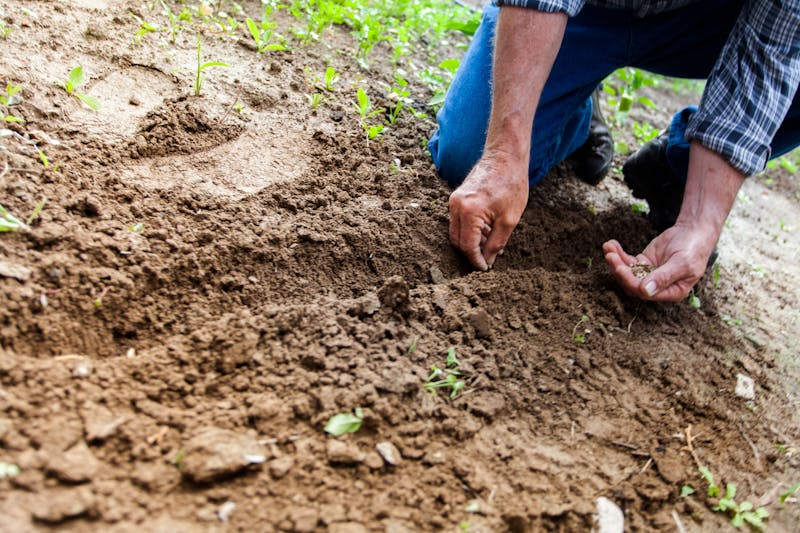
Landscaping in a small space doesn’t have to feel impossible! Follow these tips, and remember that we’re always willing to help at Whispering Springs!



